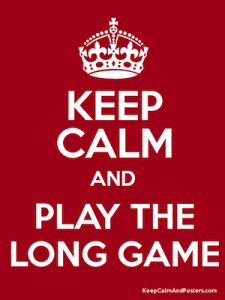October Monthly Action Plan – By Grade
College crunch time for seniors and things are gearing up for juniors, too! Here’s what should be on your radar this month.
Seniors:
- Have official standardized test scores sent to all of the colleges on your list, if required; please send scores now, so they arrive before deadlines. Not all schools require you send officials anymore. Please review the list here and the links therein to confirm:
https://www.compassprep.com/self-reporting-test-scores/
- Finalize your essays and application data. Plan on submitting applications well in advance of deadlines.
- Meet with your school guidance counselor to discuss your applications and have them review your essays and application data. It is always smart to have a different set of eyes help with final reviews.
- Follow up with the teachers writing your letters of recommendation and let them know if you are submitting apps early. The sooner they submit after you submit, the better.
- Study for any remaining standardized tests (SAT, ACT, SAT Subjects). Remember to note future test dates on your applications.
- Take part in interviews when offered. Read more about interviews and how to prep, here.
Juniors:
- Visit the websites of the schools you are interested in. While there, explore the admissions and academics pages. Start to think about your major of interest and how the activities you are involved in support this interest.
- When you look at your resume, is it clear what your academic interests are? If yes, then your academic narrative is developed. If not, try to get involved in some activities that make it clear what you are interested in academically. A clear-cut academic narrative is beneficial; if you are undecided, then you should be exploring multiple interests. It is okay to be undecided so long as you are out there working on finding your niche.
- You should be taking the PSAT in October. If you would like to do some prep (totally optional!), check out these resources:
https://collegereadiness.collegeboard.org/psat-nmsqt-psat-10/practice
- Will you need SAT Subject Tests? How many and which ones? When might you take them? Have you formally started test prep? Determine your testing plan now.
- Meet with your school guidance counselor. S/he will write one of your letters of recommendation for college, and the letter will be much more personal if you know each other! Talk about your plans for this year and next year.
- Visit colleges in person if possible! Fall is a great time to visit colleges.
Sophomores:
- An impressive academic record is the most important admissions factor at most colleges. A rigorous but academically fitting course schedule shows intellectual curiosity, a willingness to challenge yourself, and that you are comfortable with hard work. It also shows that you understand your strength and your weaknesses. Your number one priority this year should be your grades!
- If you haven’t done so already, get involved in activities inside and outside of school. Seek out opportunities to develop leadership roles. Depth, not breadth of experience, is key. Most colleges prefer to see fewer activities, but ones that really interest you, where you are involved in a significant way. Evidence of leadership, initiative, commitment, and meaningful engagement is important. You may also want to consider an internship, research position, job shadowing opportunity or part-time employment in an area that interests you. Starting your own club, website, or community service project is also a great way to get involved. Remember, passions are not necessarily inherent, waiting to be found, but rather they are cultivated.
- It is a good idea to keep track of all of your activities and both inside and outside of school. If you have not started your resume, please do so now.
- If you haven’t done so already, schedule a meeting to discuss your high school game plan with your guidance counselor. Your guidance or college counselor will write you a letter of recommendation when it comes time to apply to college, so make an effort to get to know them and for them to get to know you.
Freshmen:
- Enjoy the start of high school! Have fun and make an effort to do well in school and get involved in extracurriculars. Thinking about trying something new? Go for it.
- High school can be a lot more challenging academically than high school, and starting off on the right foot academically is important. If you are ever struggling, don’t be afraid to ask for help. Talk to your teachers, talk to your parents, and get a tutor if needed.
*Stay in the know! Subscribe for news, tips, and advice*







